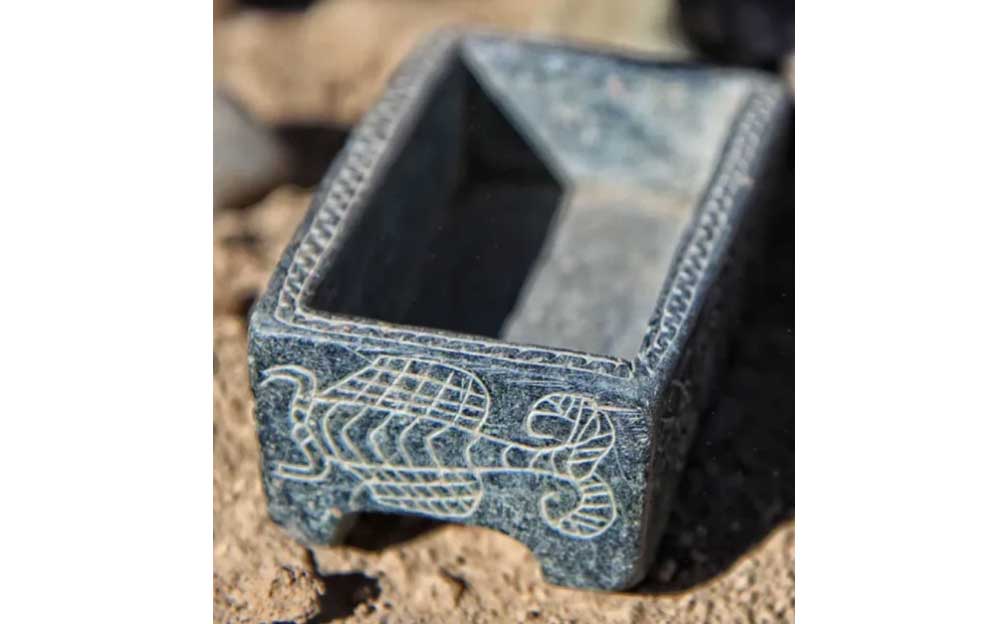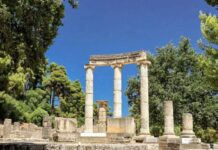In the province of North Khorasan in northeastern Iran, archaeologists have discovered one of the richest burials of the Great Khorasan Civilization.
The find was made at the Tepe Chalou archaeological site. According to a study in the journal Iran. The grave contained two gold earrings, a gold ring, ivory and bronze pins (including one in the shape of a hand), a bronze mirror, several ceramic vessels, and a bronze seal depicting human feet.
Of particular interest to the scientists was a rectangular box made of black chlorite stone with carved images of snakes and scorpions. According to archaeologist Ali Wahdati, it was used to store cosmetics or eyeliner (“kolya”) and may have had ritual or protective significance. A similar object has previously been found in Bactria, an ancient region spanning Afghanistan, Tajikistan, and Uzbekistan, indicating long-distance trade links.
According to Wahdati, such a rich burial is a unique phenomenon for the archaeology of Great Khorasan.
The Great Khorasan Civilization (Bactria-Margiana Archaeological Complex) existed in the Bronze Age on the territory of modern Iran, Afghanistan, Turkmenistan and Uzbekistan. Its developed architecture, crafts and trade relations with Mesopotamia and the Indus Valley distinguished it. Excavations in Tepe Chalou have been underway since 2011; 48 burials have been found to date.









